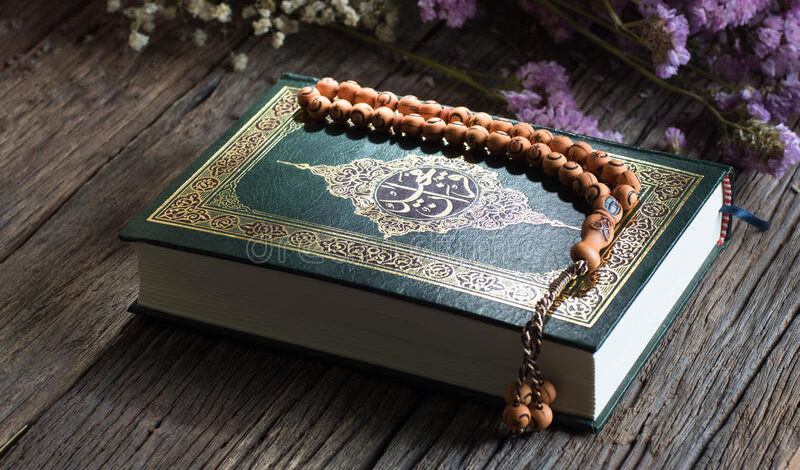
Get know about the rosary in the egyptian culture
0 commentsThe rosary is an important part of Egyptian culture and has been used in various Islamic traditions throughout history. In Egypt, the use of prayer beads can be traced back to the early days of Islam when the Prophet Muhammad (peace be upon him) encouraged the use of prayer beads to count the recitation of the 99 names of Allah.
Over time, the use of prayer beads evolved into the tasbih, which typically consists of 99 or 33 beads and is used to count the recitation of different prayers and supplications. In Egypt, the tasbih is an important part of Islamic worship, and many Muslims carry one with them at all times to use for daily prayers.
The tasbih is also used for other religious purposes, such as during the holy month of Ramadan when Muslims fast during the day and break their fast at sunset. The tasbih is used to recite the dhikr, or remembrance of Allah, during the evening prayers.
In addition to its use in religious contexts, the tasbih has also been used in Egyptian culture as a means of expressing social and political identity. During the Egyptian revolution of 2011, for example, protestors could be seen holding tasbihs while reciting prayers for peace and justice.
The tasbih is also commonly used in Sufi practices, which are a mystical branch of Islam. In Sufism, the tasbih is used to recite the names of Allah and other holy figures in a specific order, which is believed to lead to spiritual enlightenment and closer connection with God.
In conclusion, the tasbih is an important part of Egyptian culture and has been used in various Islamic traditions throughout history. Its use is deeply rooted in tradition and spirituality, and it is seen as a symbol of devotion and piety. Whether used for personal meditation or as a means of social and political expression, the tasbih continues to play a significant role in Egyptian culture today.

